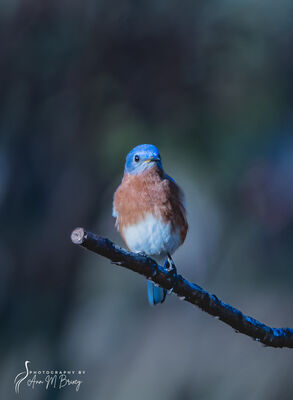Spring observations
Mar 23, 2024 09:21:19 #
Mar 23, 2024 09:53:43 #
Excellent...always enjoy your posts and good to see you are getting out with a camera and sharing your work!! 



Mar 23, 2024 09:59:15 #
Mar 23, 2024 10:40:14 #
Mar 23, 2024 16:20:20 #
jak86094 wrote:
Greetings to all you Hedgehoggers out there. br b... (show quote)
If I tried to do what that little guy in the first shot did, I'd still be pulling stickers out of my posterior


Beautiful shooting



Mar 23, 2024 17:58:35 #
tcthome wrote:
Nice look'n critters!
Thank you, tcthome. I always feel lucky when I see such beautiful wildlife. Have a great weekend. jak
Mar 23, 2024 18:00:58 #
jederick wrote:
Excellent...always enjoy your posts and good to see you are getting out with a camera and sharing your work!! 



Thank you, jederick. Though my main camera and lens have both been in the shop for repairs, I've been able to cobble together a backup for when I get out now. Not quite as quick as the regular equipment, but I've learned to get some OK exposures such as these. Hope you have a wonderful weekend and an enjoyable Spring. jak
Mar 23, 2024 18:01:43 #
AzPicLady wrote:



Very kind. Thank you, AzPicLady. I've enjoyed your posts and will be watching for more. jak
Mar 23, 2024 18:02:40 #
kpmac wrote:
Nice set.
Much appreciated, kpmac. Hope all is well and that you have a wonderful weekend and a great start to Spring. jak
Mar 23, 2024 18:05:35 #
joecichjr wrote:
If I tried to do what that little guy in the first... (show quote)
Yes, I would too. They are really quite remarkable in their ability to perch on the cactus. While they land on other plants too, they always have to protection of the cactus to hide and nest in. Have a great weekend and start to Spring. jak
Mar 23, 2024 19:51:13 #
Mar 23, 2024 19:58:47 #
Thank you very much, photophore. I appreciate the kind words and hope you are having a wonderful weekend. jak
Mar 24, 2024 06:53:08 #
Mar 24, 2024 08:40:15 #
jak86094 wrote:
Greetings to all you Hedgehoggers out there. br b... (show quote)
Brilliant shots, and thanks for the detailed information. These are birds we don't see in Florida, so reading about them made your shots even more enjoyable.



Iechyd da
Ann

Mar 24, 2024 16:48:17 #
Manglesphoto wrote:





Manglesphoto,
Nice to hear from you. Thanks for the positive support. Have a great Spring. jak
If you want to reply, then register here. Registration is free and your account is created instantly, so you can post right away.






